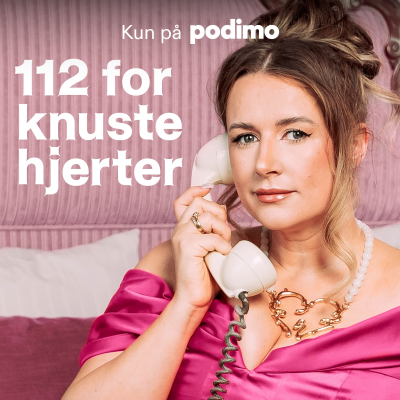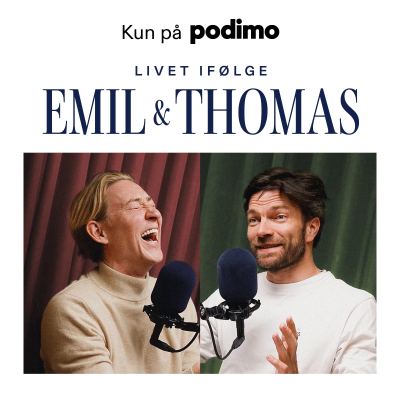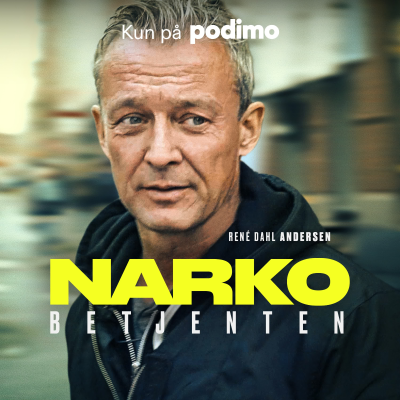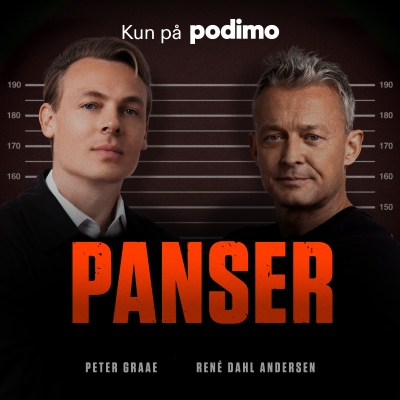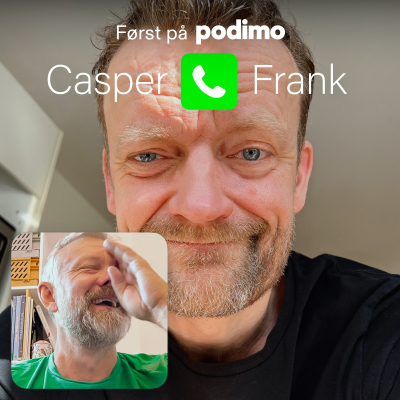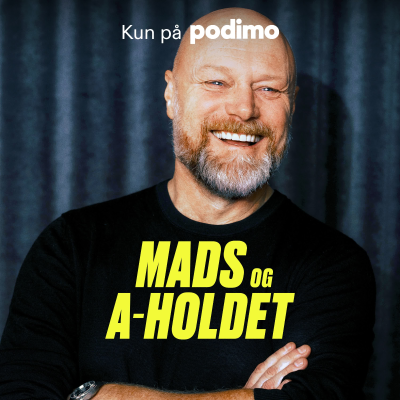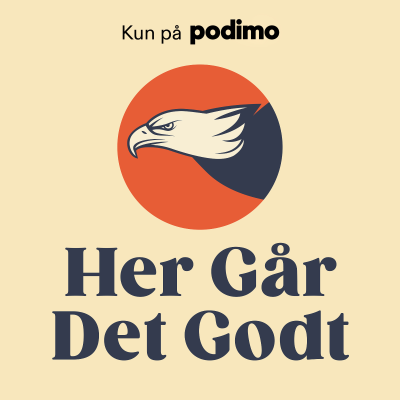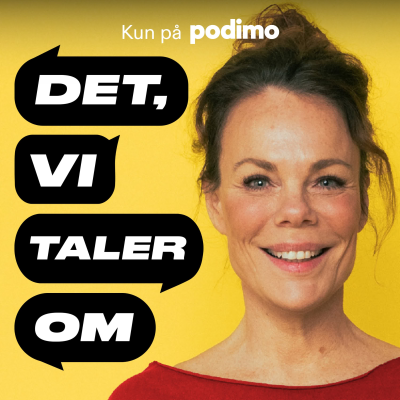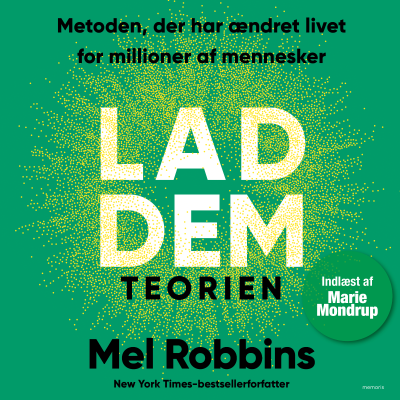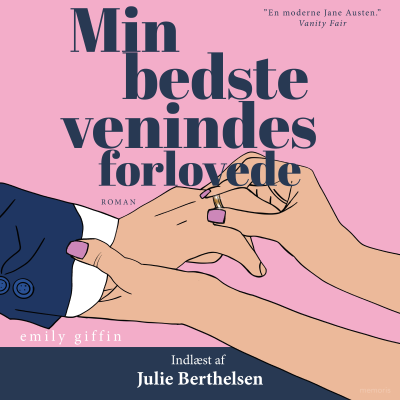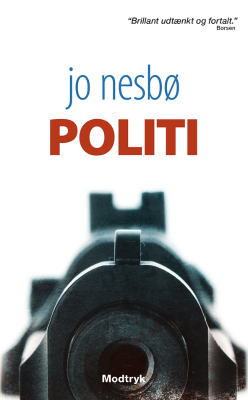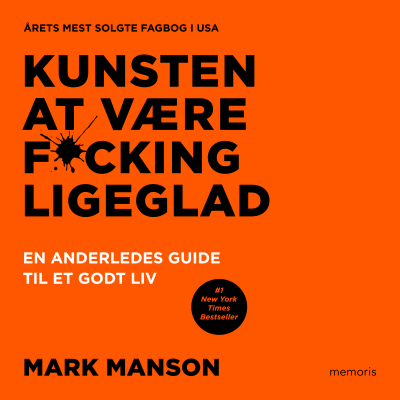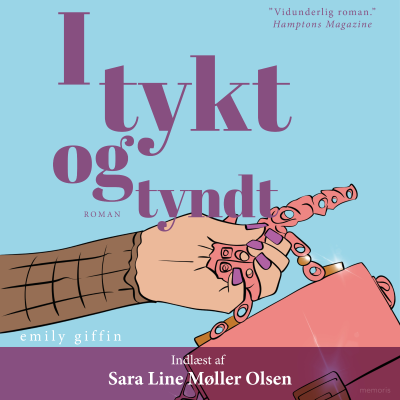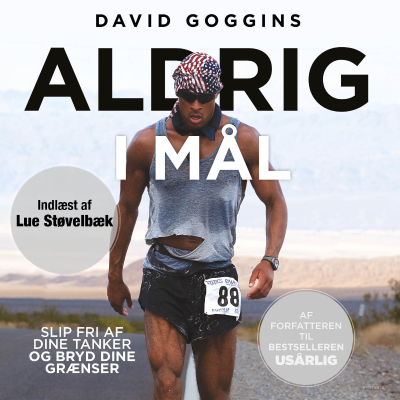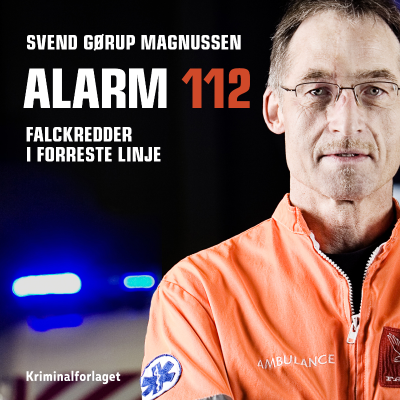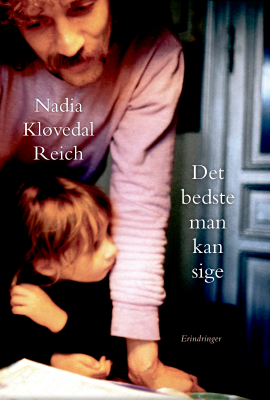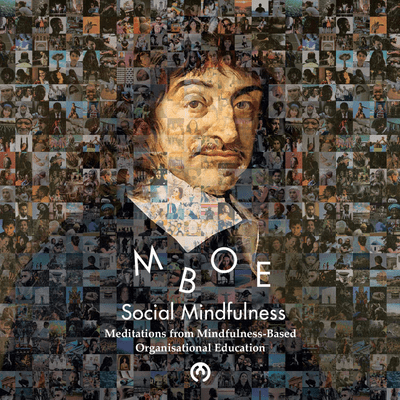
Meditations from Mindfulness-Based Organisational Education (MBOE)
Podcast by Mindfulness Connected
Limited Offer
1 month for 9 kr.
Then 99 kr. / monthCancel anytime.

More than 1 million listeners
You’ll love Podimo and you’re not alone
Rated 4.7 in the App Store
About Meditations from Mindfulness-Based Organisational Education (MBOE)
We build human organisations. We believe the future of organsations is human-centred, but the bottom line dictates that leaders can’t risk untried programmes with unclear benefits. These short, guided mindfulness meditations were first taught to NHS hospital staff as part of the Mindfulness-Based Organisational Education (MBOE), which is an evidence-based programme. It’s taught to organisations and communities to empower people to create a more human and sustainable world. These meditations offer a dual purpose: The ‘how’ and the ‘why’. They are a great place to start and our book, Social Mindfulness: A guided to mindfulness meditations from Mindfulness-Based Organisational Education, goes into greater depth. Social Mindfulness: A guided to mindfulness meditations from Mindfulness-Based Organisational Education is available from www.mindfulnessconnected.com/shop/social-mindfulness
All episodes
7 episodesThe concentration and allowing the mind to wander meditation is an introduction to advanced stages of mindfulness meditation practice. This all boils down to a balance of the effort involved in concentration and relaxation in posture and attention to developing a field of awareness grounded in the body, where patterns of thoughts and sensations arise and fade away in the mind. This is supported by understanding the ‘how’ and ‘why’, which you have learnt about and practiced in the other recordings – which is also supported with material in the book, Social Mindfulness: A guide to meditations from Mindfulness-Based Organisational Education.
The greatest work is to know ourselves. Our inner world is shaped by our relationships with others. Connection with those we love and respect feels good. The feelings we have in difficult situations make us feel uncomfortable. The mindfulness of feelings meditation helps us to get to know the different stories we act out in different contexts. Its purpose is to empower us to become the masters of the worlds we create – in our lives and with others.
The long-term objective of mindfulness practice is to release toxic patterns and establish ones that enable the human body and nervous system to function as a human being is designed to function – albeit in a world that disconnects us from ourselves, each other and our environment. Patterns of thinking, emotions and behaviour become imprinted on connective tissue, joints and muscles as well as our nervous systems. Others see us, before they even know it, through the feelings they pick up when the see us and hear us. We are also picking up these messages from our bodies – we are shaped by the patterns that are imprinted on our body and mind through our relationships. This guided meditation brings openness and awareness to exploring stretches to release tension and meet what is uncomfortable with patience and curiosity – like a cat or a dog stretching after getting up from a nap and then getting on with whatever it is that a cat or a dog does.
Mindfulness meditation practice amounts to no more than following a very simple set of attentional and postural routines. In time, mindfulness practice undoes toxic memes that are imprinted on our mind and body. Sitting upright and awake, breathing, is a simple practice but challenging, and it takes effort – just a little effort at a time – too much effort will just causes tension and feeds patterns of striving for goals. Yoga teacher, Anita Lewis, who provided training for mindfulness teachers at the Oxford Mindfulness Centre, would often say to students that standing was the most advanced yoga posture there is. Sitting is just like this. Don't expect too much. Always start where you are and take one step at a time.
Mindfulness meditation practice amounts to no more than following a very simple set of attentional and postural routines. In time, mindfulness practice undoes toxic memes that are imprinted on our mind and body. Sitting upright and awake, breathing, is a simple practice but challenging and it takes effort – just a little effort at a time – too much effort will just cause tension and feeds patterns of striving for goals. Yoga teacher, Anita Lewis, who provided training for mindfulness teachers at the Oxford Mindfulness Centre, would say that standing was the most advanced yoga posture there was. Sitting is just like this. Don't expect too much. Work with what you have and take one step at a time.

More than 1 million listeners
You’ll love Podimo and you’re not alone
Rated 4.7 in the App Store
Limited Offer
1 month for 9 kr.
Then 99 kr. / monthCancel anytime.
Exclusive podcasts
Ad free
Non-Podimo podcasts
Audiobooks
20 hours / month

